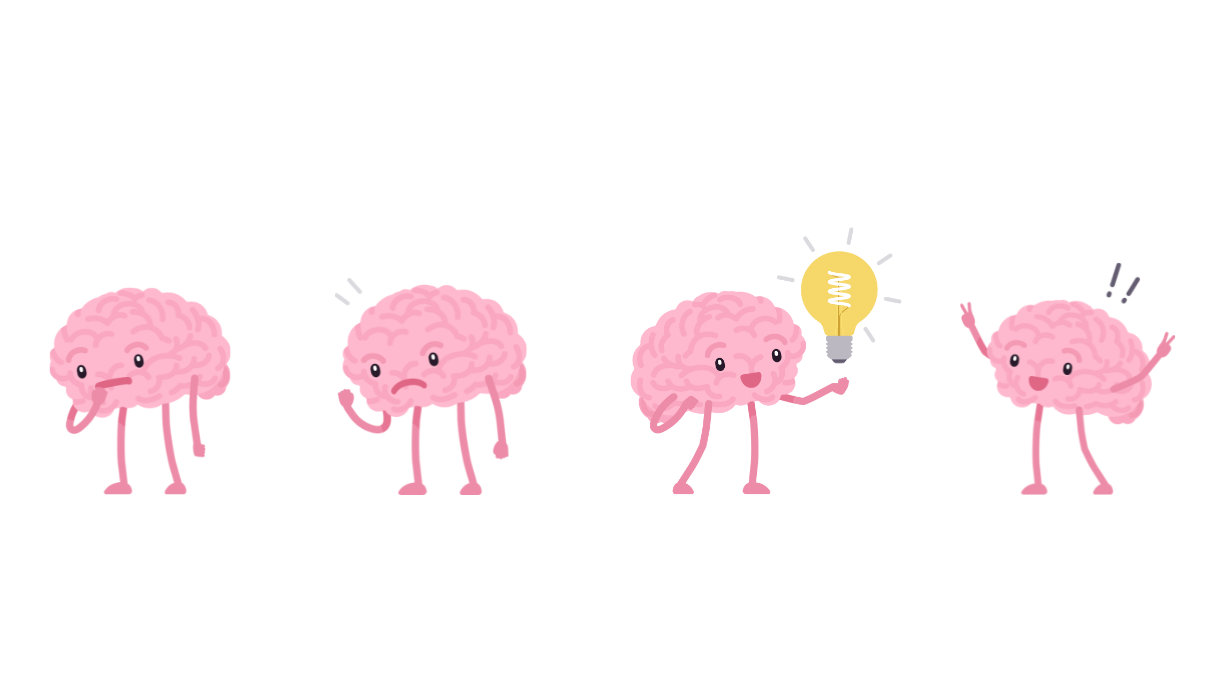Edward de Bono’s ‘B.R.U.T.U.S' Idea Technique
“Don’t just test the things that make sense. Test the things that don’t make sense. You just might find out something interesting.”
Generally speaking, when you’re coming up with ideas, the first ones are the worst.
Because the brain is built for efficiency, it will always default to what worked last time.
It’s lazy, basically.
This is why it needs to be pushed beyond this stage to get to the game-changing ideas.
In other words, you need to have the crap ideas to get to the best ones.
The brilliant Edward de Bono, the father of the Six Thinking Hats technique, was well aware of this and designed an exercise to use when brainstorming ideas to ensure you don’t settle for the earlier ideas at the expense of what comes later.
He called it B.R.U.T.U.S, and the acronym stands for the following:
BR-ing
U-p
T-he
U-sual
S-uspects
In other words, liberately get the obvious answers to the problem out the way first so you can generate the more interesting ones.
Let’s look at an example.
Say you want to boost visits to your clothing shop ‘Sew It Goes’.
Here are some ‘obvious’ ideas you might initially come up with things like:
1. Social Media: Use social media to connect with your audience. Regular posts, interesting content, and promotional offers can draw attention to your shop.
2. Email Marketing: Keep in touch with your customers through email newsletters. Share updates, special offers, and valuable content to encourage them to visit.
3. Loyalty Programs: Implement a loyalty program to reward repeat customers. This encourages repeat visits and builds a sense of community.
4. Attractive Window Displays: Never underestimate the power of eye-catching window displays. It can entice passersby to step inside and explore.
5. Customer Service: Word-of-mouth is a powerful tool. Providing outstanding customer service ensures positive reviews and recommendations.
These ideas sound logical, but will they be the most effective?
If you keep going, you will start to think of more unconventional ideas, which can often lead to surprising success:
1. Limit Opening Hours: Instead of extending hours, reducing them creates a sense of urgency and exclusivity, drawing more people during those limited times.
2. Odd Promotions: Create quirky and unexpected promotions. For instance, discounts for customers wearing certain colours or themes can create buzz and curiosity.
3. Random Discounts: Instead of predictable sales, offer random discounts at unexpected times. This unpredictability can create interest and encourage frequent visits.
4. Silence: Instead of playing music, having a quiet, peaceful store can attract those looking for a calm shopping environment, differentiating your store from busier locations.
5. Anti-Sales: Promote an 'anti-sale' where you celebrate the quality and value of your products at full price, reinforcing the idea of investment in quality over bargain hunting.
Remember, the key to these counterintuitive strategies is testing them; what works for one business may not work for another.
But when they work, they can have a much more significant impact than conventional thinking.
So, when you’re next generating ideas, remind yourself of this acronym and push through the ‘usual suspects’.
You’ll love our Creative Thinking course if you found the above helpful.
Made in collaboration with some of the world’s greatest creative minds, it's packed with practical tools and tips to help unlock your creative potential.






